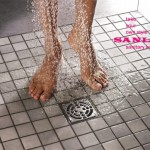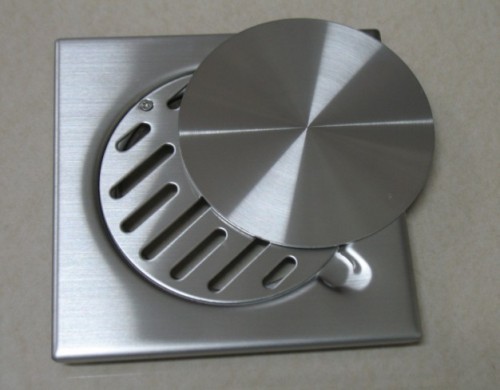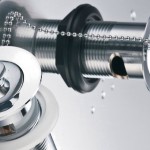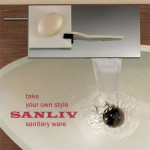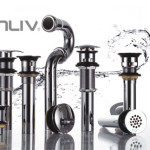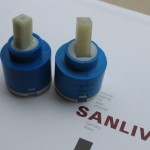How to Unclog the clogged Bathroom Drains? Clogged Drains – What a Pain! Find out the reason why bathroom drain get clogged. Useful tips to help you to Unclog a clogged Bathroom Drain with soem easy steps.
We’ve all been there – we’re in the shower, and all of a sudden we feel the water start to rise up around our feet. Yuck! A clogged drain. Or you’re in front of the sink, brushing your teeth and before you know it – the sink is halfway full. Nobody likes to deal with clogged drains because they are a hassle and they give an impression of being unsanitary (because they are). However, most household bathrooms will experience a clogged drain of some time and one time or another. The best course of action is to be prepared to deal with it by learning how to unclog bathroom drains.
Why Do They Happen?
Clogged drains can occur when material such as hair, dust and particles become trapped in the area between your bathroom drain and the pipes that follow underneath. The problem is exacerbated when household products such as soaps, detergents, shampoos and conditioners and others are allowed to build up on the growing accumulation. When the offending mass becomes too dense to allow water to flow through freely, the problem is identified as a clogged drain. If water builds up quickly in your sink or tub when it should flow smoothly out of the drain, you may already have a plumbing clog on your hands.
Unclog Your Drains
If you’re facing a clogged bathroom sink or bathtub drain, there are a couple of different things you can do to get things flowing smoothly again. Whether you are working with a sink or a bathtub drain, the first step is to remove the stopper. With a bathroom sink this can be as easy as pulling it right out or as complicated as looking under the sink and removing the nut that holds it in place. With your tub, you can either unscrew the stopper right at the drain or removing the overflow plate to remove the assembly.
Once you remove the stopper, you may be able to see the source of the clog. It is very likely to look like a mass of hair and debris wrapped around the drain’s hardware. Reach down and pull out as much as possible. If it is difficult to reach the area where the clog is located, or difficult to grasp the mass, simply use a wire clothes hanger to help you do the job. Clearing out the hair, soap scum and particles may very well take care of the problem for you.
If you disassemble the drain and notice that the clog is not even within reach of a wire hanger, you will have to try another method. A drain plunger can help you get rid of clogs that are too deep down to reach by hand. First, cover the overflow drain with a wet cloth in order to make the suction from the plunger stronger. Next, place the plunger directly over the drain opening and pulse the plunger up and down several times. When you release the plunger, any trapped water should immediately be drained.
If the plunger method fails to properly unclog your drain, you may have to resort to chemical drain cleaner. This method should only be used as a last resort because the chemicals are dangerous and can be harmful to your bathroom fixtures.
Call in the Pros
If after trying the various do-it-yourself methods you are still unable to unclog a drain, it is a good idea to call your local plumber for some help. Plumbers have equipment that can help unclog drains quickly and easily. Though it won’t come cheaply, a plumber’s help can provide peace of mind.

